Banding and Database
Report your band resightings and send us your photos of Western Snowy Plovers and California Least Terns on the Pacific Coast.
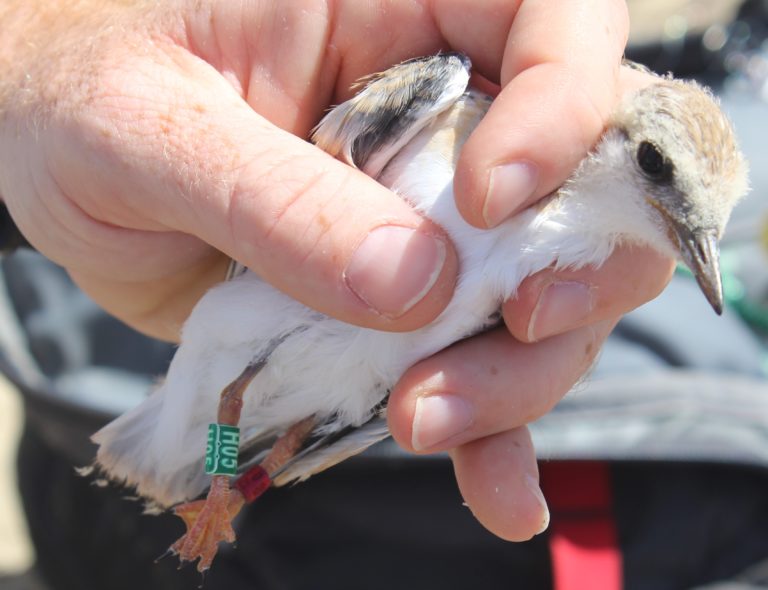
Banding individuals
DATABASE: We encourage observers to submit photos of banded plovers and terns sighted anywhere along the coast, and to report any bands (guidelines below). We are currently working on a preliminary resighting database [2018 records are being proofed and added]. This public database can be viewed and downloaded, and observers can enter data manually on the bottom rows (unlocked) or via a web form. We are also building a detailed database for internal use due to data privacy for some sites, but the database will eventually be more accessible and will be built on a more versatile platform. If you wish to use these data, please contact us to discuss your needs, and so that the appropriate research team or observers can be acknowledged. Thank you for your interest and cooperation! And stay tuned – we are working to provide an overview of recent trends in dispersal, survival and site fidelity in collaboration with our partners.
The following guidelines will help observers to report bands in a standardized way for accuracy. Thank you to all contributors!
Recording band combinations
- Record bands from left to right legs, starting with upper leg segments (upper left, lower left, upper right, lower right leg). Use a colon (:) to separate the legs. Bands above the joint (upper legs) should be
captialized (color code). - Write the USGS service band (metal, usually silver) as ‘s’. Some sites use anodized bands (chemically treated metal to add
color , which can fade over time or corrode in seawater). Ifcolor is present covering the service band, use thecolor code below, but note the location of the leg segment where the service band is. - Write plastic
color bands using thecolor codes below. - If a split
color band is seen, use ‘/’ to separate eachcolor . Split bands may include two or threecolors . - If any band has
color tape over it, record thecolor code. - An unbanded bird is ‘UNB’
- To denote that a band is absent, use ‘x’ at that location (leg).
- Some birds have alphanumeric bands; denote the
color code, a period, and the alphanumeric code (e.g., g.C42). - Similarly, for alphanumeric flags, use ‘F’ then the
color code, followed by a period and then the code (e.g., Fg.A1 is a green flag with ‘A1’) - For reporting, photographs are very helpful; send or save and share the URL where
photo (s) may be available. - Report your confidence level for the observation (1= highest confidence; 3= less confident.
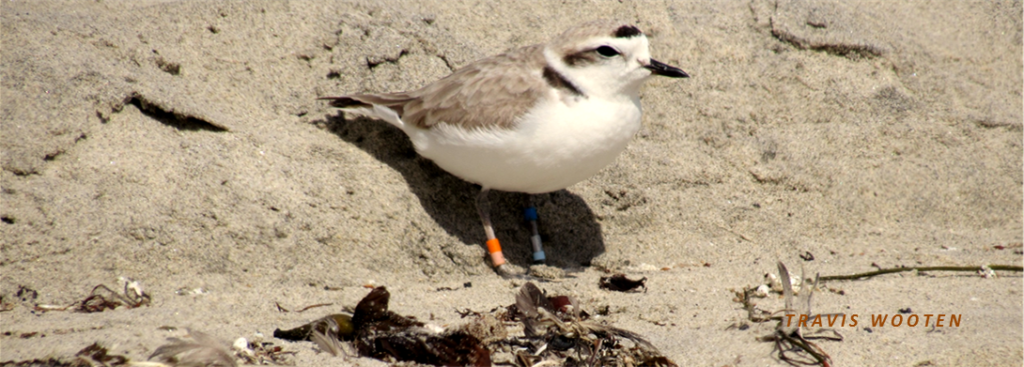
COLOR CODES AND EXAMPLES OF SPLIT BANDS
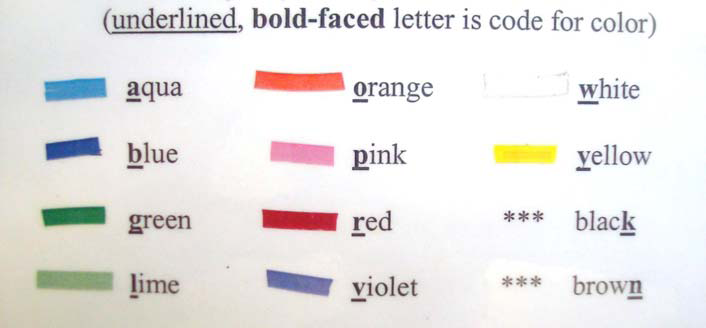
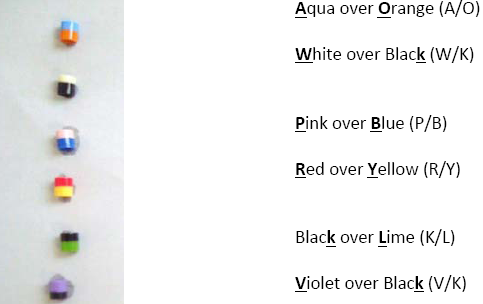
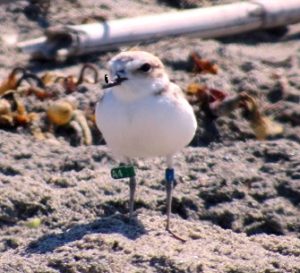
Pacific Coast Bird Conservation (PC Birds)
Institute for Conservation Research – San Diego Zoo Global
15600 San Pasqual Valley Rd., Escondido, CA, 92027 USA
http://pcbirds.org
